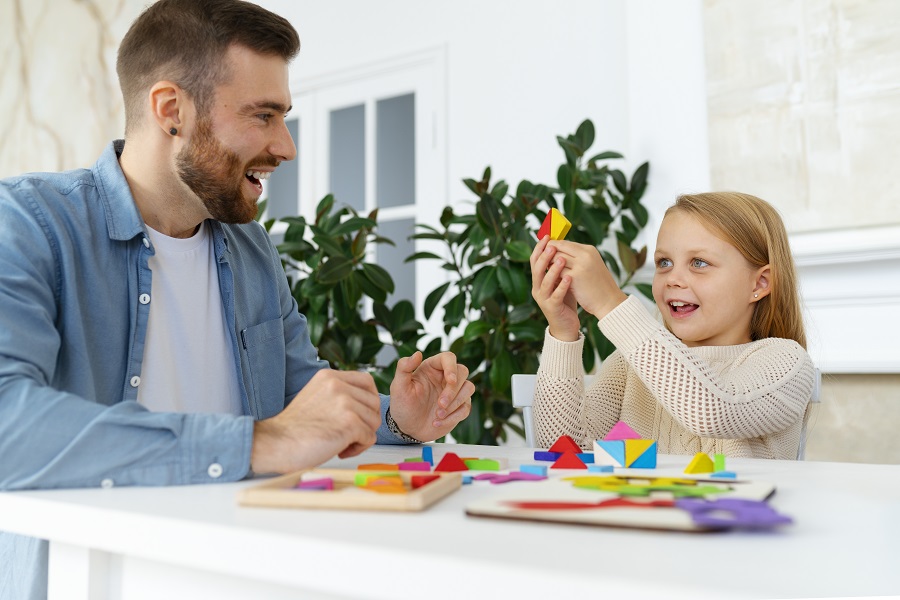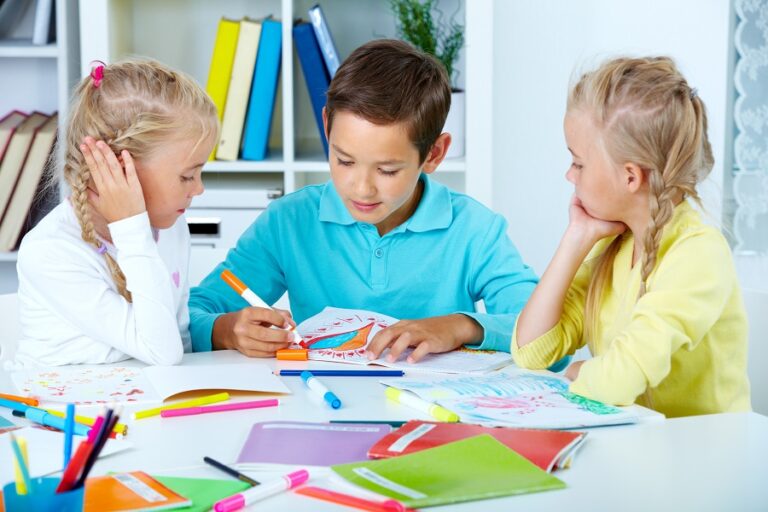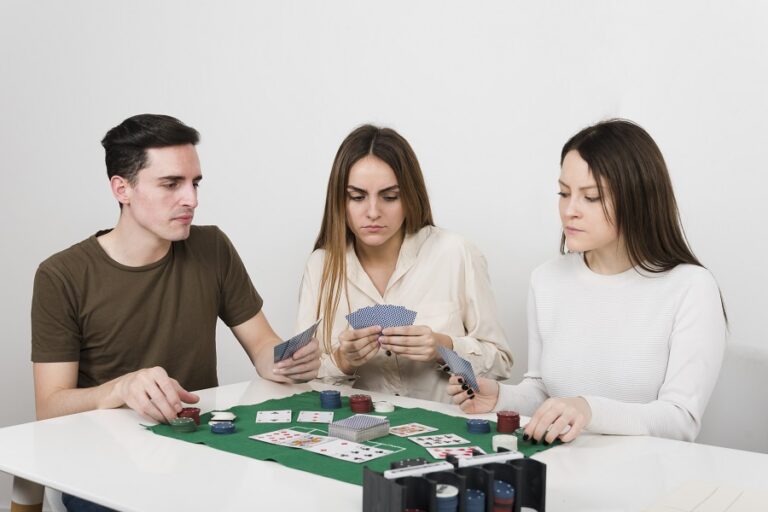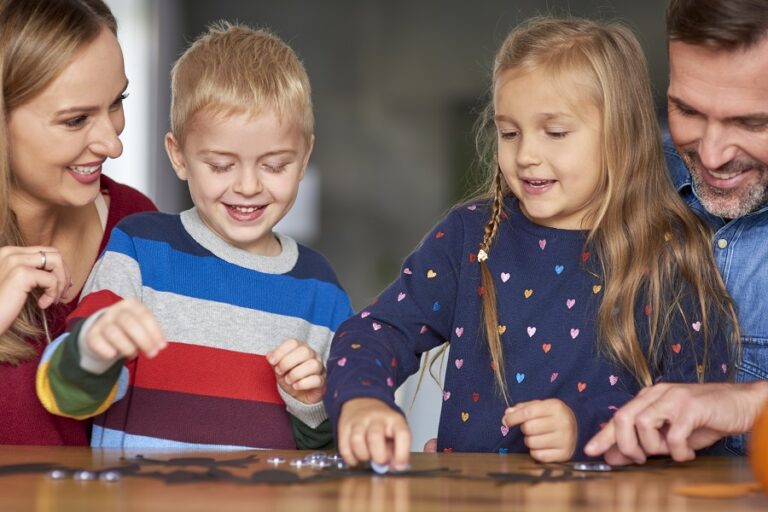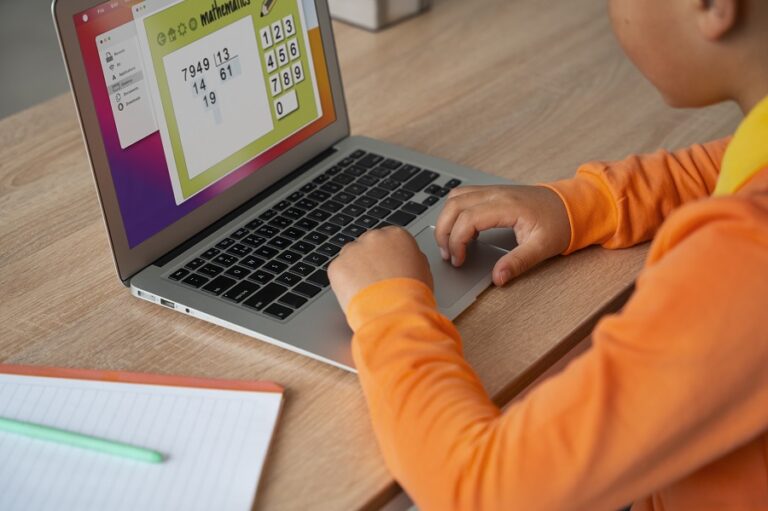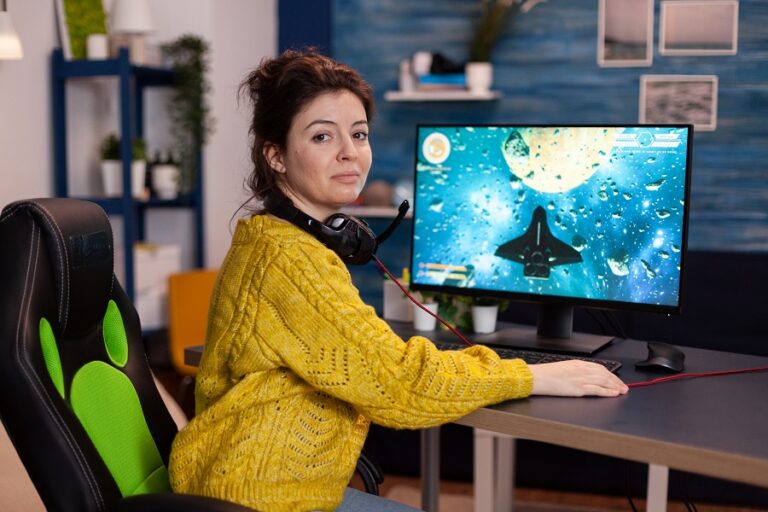Top DIY Educational Games Parents Can Make at Home
In a world filled with digital distractions, many parents are looking for creative, screen-free ways to engage their children in learning. DIY educational games offer an effective solution. These games are not only fun and engaging but also promote critical thinking, problem-solving, language development, and other essential academic skills.
The best part? Most DIY educational games can be made using simple household materials. Parents can involve their children in the creation process, which enhances creativity and bonding. Whether you’re homeschooling, looking for weekend activities, or simply want to supplement your child’s education, DIY educational games are a great choice.
This article explores the top DIY educational games that parents can make at home for children of different age groups.
1. Alphabet Scavenger Hunt
This game is perfect for preschool and kindergarten children who are learning the alphabet.
How to make it:
Write each letter of the alphabet on separate pieces of paper and hide them around the house. Provide your child with a basket or box and ask them to find objects that begin with each letter. For example, “A for apple,” “B for book,” and so on.
Learning benefits:
- Improves letter recognition
- Builds vocabulary
- Enhances observation skills
2. Math Bottle Cap Game
Turn old bottle caps into an interactive math game for your child.
How to make it:
Write numbers on the inside of bottle caps. Use a piece of cardboard to write simple addition or subtraction problems with blank spaces for the answers. Children place the correct numbered bottle cap into the blank space.
Learning benefits:
- Enhances number recognition
- Improves addition and subtraction skills
- Encourages hands-on learning
3. Word Building with Clothespins
This simple yet powerful game helps kids develop spelling and word-building skills.
How to make it:
Write letters on wooden clothespins and create word cards with pictures and blank spaces for letters (e.g., _ _ T for “cat”). Kids clip the correct letters onto the card using the clothespins.
Learning benefits:
- Supports phonics and spelling
- Boosts fine motor skills
- Encourages independent learning
4. DIY Memory Matching Cards
Memory games are great for improving concentration and short-term memory.
How to make it:
Cut out squares of cardstock and draw matching pairs of letters, numbers, shapes, or images. Shuffle and lay them face down. Children flip two cards at a time, trying to find a match.
Learning benefits:
- Builds memory skills
- Teaches number and shape recognition
- Strengthens attention span
5. Homemade Board Game for Learning Countries and Capitals
Geography becomes more exciting when turned into a family game.
How to make it:
Design a board game map on cardboard. Write down countries on one set of cards and their capitals on another. Players move around the board by correctly matching countries and capitals.
Learning benefits:
- Teaches world geography
- Enhances general knowledge
- Promotes logical thinking
6. Sight Word Hopscotch
A great outdoor game that turns reading practice into physical play.
How to make it:
Use chalk to draw a hopscotch grid. Instead of numbers, write sight words in each square. Children read the word aloud before hopping onto it.
Learning benefits:
- Improves word recognition
- Combines movement with reading
- Increases reading fluency
7. DIY Tangram Puzzle
Tangrams help kids develop spatial awareness and problem-solving skills.
How to make it:
Cut a square piece of cardboard or foam sheet into seven geometric shapes: 2 large triangles, 1 medium triangle, 2 small triangles, 1 square, and 1 parallelogram. Give kids pictures to copy using these shapes.
Learning benefits:
- Enhances spatial reasoning
- Promotes logical thinking
- Supports geometry learning
8. Fraction Pizza Game
Make learning fractions deliciously fun with a pizza-themed math activity.
How to make it:
Create a pizza base from cardboard and divide it into slices. Label each slice with different fractions (1/2, 1/4, 1/8). Use toppings made from colored paper that match specific fractions. Kids “build” a pizza based on fraction instructions.
Learning benefits:
- Reinforces understanding of fractions
- Makes abstract math more concrete
- Improves hands-on learning
9. Story Cubes
Storytelling boosts creativity and language development. DIY story cubes add an exciting twist.
How to make it:
Create paper or cardboard cubes and draw different characters, settings, actions, or objects on each face. Kids roll the cubes and build stories using the images they land on.
Learning benefits:
- Improves oral communication
- Builds vocabulary
- Encourages imaginative thinking
10. Color Sorting Game with Tongs
This game is ideal for toddlers and preschoolers to practice colors and coordination.
How to make it:
Place colored pom-poms or small toys in a bowl. Use tongs or tweezers and ask your child to sort items into matching color containers.
Learning benefits:
- Enhances color recognition
- Develops hand-eye coordination
- Improves fine motor control
Tips for Parents Creating DIY Educational Games
- Keep it age-appropriate: Make sure the game matches your child’s developmental level.
- Reuse and recycle: Use household items like cardboard, bottle caps, or plastic containers.
- Get kids involved: Let your child help create the materials. This increases interest and ownership.
- Focus on fun: Learning should be enjoyable. Use bright colors, fun themes, and playful instructions.
- Add variation: Keep changing rules or materials to maintain excitement and challenge.
Conclusion
DIY educational games offer a unique and affordable way to turn everyday activities into powerful learning experiences. By using creativity and simple materials, parents can make home-based learning fun, meaningful, and effective. These games support academic development while encouraging curiosity, independence, and bonding between parents and children.
In a world where hands-on learning is increasingly important, these top DIY educational games provide practical and enjoyable tools for growing young minds. Try a few of these ideas at home, and watch your child learn through laughter and play.
